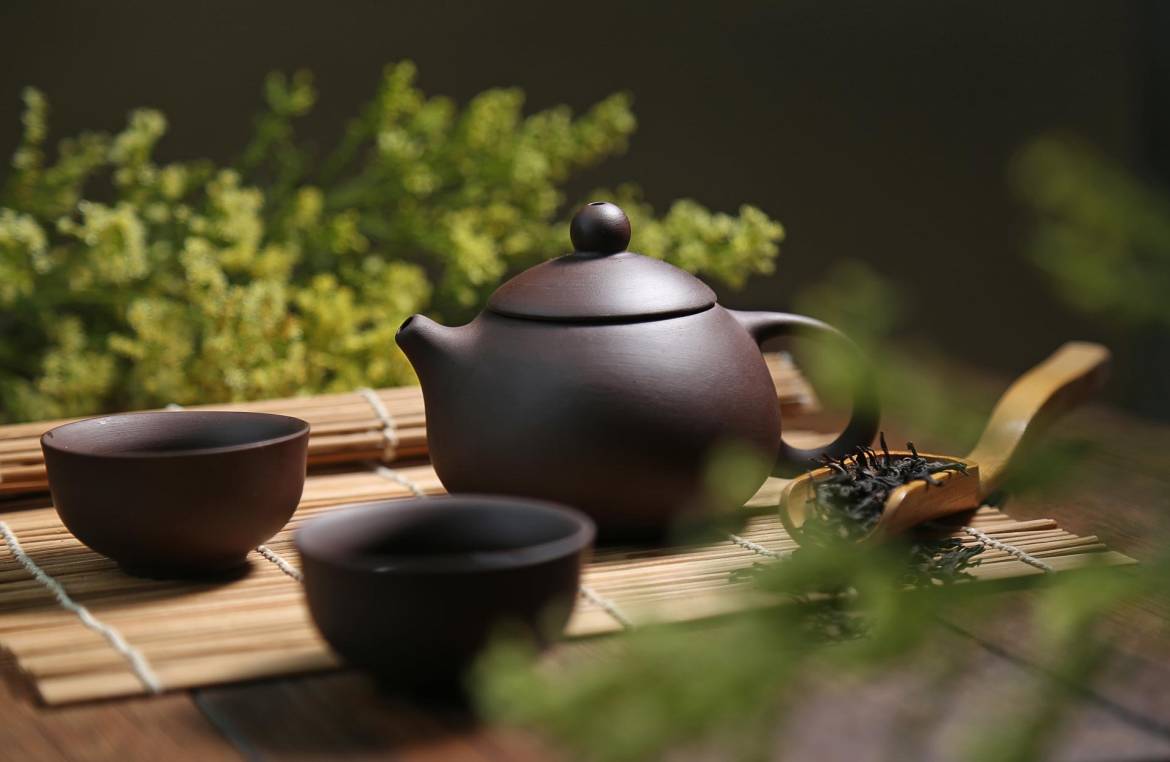TYPES OF TEA IN CHINA
GREEN TEA
Green tea is comprised of unoxidized camellia sinensis leaves and usually has a short shelf life of 6-8 months. Green tea also comes in a variety of shapes including flat, needlelike, curled, rolled, or twisted. In China, the most prized green teas are referred to as pre-Qing Ming, or “before the spring festival,” which falls in early April.
WHITE TEA
White tea is produced primarily in China’s Fujian province. Although it is generally the least-processed of all teas, it also takes 2-3 days to produce, and has slight oxidation from its long 2-day withering process – after which it is then baked, sorted, and baked again.
There are several types of white teas available. Some are processed from leaves so tender that they still have natural white fuzz (pekoe) on them, and some are processed from larger leaves which end up being a little more oxidized.
Considered one of the healthiest tea types, white tea contains numerous antioxidants such as catechins and polyphenols, which help strengthen the immune system.
OOLONG TEA
Oolong teas are also produced heavily in Fujian province, with cultivation concentrated in the Wuyi Mountains. This tea type is semi-oxidized and uses mature leaves, which undergo a specific production process.
First, the tea leaves are withered for a few hours, then “rattled” to bruise the leaves and destroy the cell walls – a step intended to help release more flavor during oxidation, which can last for another few hours. Once complete, the leaves are then fired, rolled, then either roasted or fired again.
Lightly oxidized oolongs are shaped into “small, shiny, dark-green pellets,” while more heavily oxidized oolongs are shaped into “long, dark, twisted leaves.”
BLACK TEA
Black teas are fully-oxidized teas cultivated in Kenya, Sri Lanka, China, India, and other Asian countries. Most black teas are grown for the tea bag industry, and are often mixed with other tea types and herbs to create “breakfast” or “afternoon”blends found in supermarkets across the world.
In China, black teas are often referred to as “red teas” because of the color of the water after steeping. The flavor of black teas are brisk, malty, and full-bodied due to the richness which develops during its oxidation process.
PU’ER TEA
Pu’er tea is named after the Chinese town it originated in. Often referred to as a post-fermented tea, pu’er tea contains microorganisms with probiotic properties, which are known to help facilitate digestion, weight loss, and a healthy immune system. Many types of pu’er are highly sought after by connoisseurs, who often store their pu’er blocks for decades as its flavors – ranging from earthy to chocolately to woody – become more complex with time
After processing, pu’er tea leavesare steamed, pressed into “cakes,” then aged for several years before being sold on the market – although loose-leaf versions are also available. Pu’er is divided into two types: Sheng (“raw”) pu’er, which develops and ages naturally, andShou (“ripe”) pu’er, which undergoes an accelerated fermentation process.
Similar teas produced in China are referred to as “dark teas” or “hei cha.”
YELLOW TEA
Yellow tea is produced only in a few Chinese regions, which include the Hunan and Sichuan provinces. As a result, yellow teas are significantly less exported than other varieties, making it rarer to find on the market. Like green teas, the highest grades of yellow teas are produced from early spring harvests. This variety is known for its fresh, delicate flavor as well as its leaf’s yellow tinge caused by processing.




Add Comment